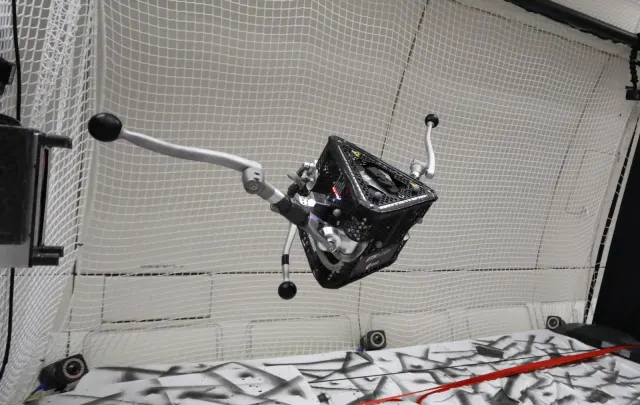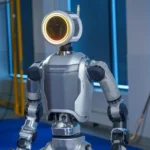Three spindly legs have been used by a team of ETH Zurich students to build a robot that can hop in microgravity like an insect for the past two and a half years. That’s correct, the intriguing little device was designed to be used in space, more especially for the study of tiny celestial entities like moons and asteroids. Thus, the robot, named SpaceHopper, may be able to provide us more information to further our understanding of the origins of life, the genesis of water on Earth, and the potential resource-producing potential of asteroids.
It has no preferred orientation, so it can go in any direction, and it has nine motors that give it the capability to jump long distances in low-gravity environments. The robot can even self-right after landing, ensuring the safety of any scientific payload it may carry. Since SpaceHopper was made for use on asteroids and moons, which have very little gravity compared to Earth, it has to be tested under conditions similar to those environments first. To see if it will actually work as intended, the students and the European Space Agency have recently taken the robot on a parabolic flight that creates a zero gravity environment when the aircraft freefalls. Apparently, they had no idea if SpaceHopper would be able to move as they intended in zero gravity scenarios and seeing that it actually worked was a “massive weight off [their] shoulders.”
You can watch SpaceHopper flail about in the test flight below:





